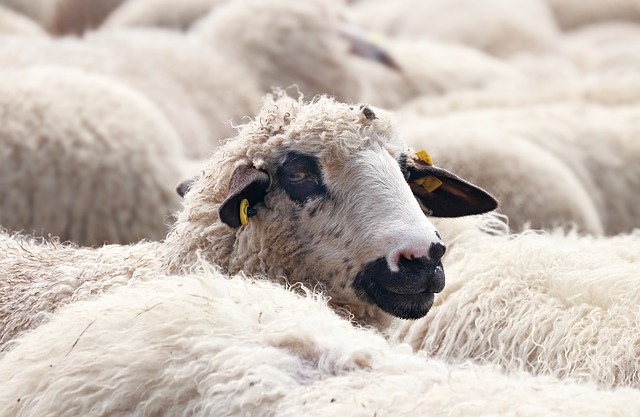The development of mixed crop-livestock farming at a local level is a real possibility. Cereal growers could plant pasture to sell grass to livestock farmers. In return, the latter could retrieve some of their livestock’s manure and spread it on their neighbours’ land. This is provided that the crops are suited to the farm’s soil microclimate.

If a farm specialises in cereal crops or livestock rearing, this does not mean that mixed crop-livestock farming is an out-of-reach concept. It could be developed at the scale of a small region by associating an area dedicated to cereal production with another area dedicated to livestock.
Crop and livestock farmers would therefore both reap the benefits of polyculture: the former would introduce grass crops to their crop rotation, which they would sell to the livestock farmers. And in return, the latter would retrieve some of their livestock’s manure and spread it on the cereal growers’ land. As their soil would be enriched with organic material, the cereal growers would reduce their expenses and fertiliser spreading.
Moreover, the grass crop would restrict the development of weeds when the plots are returned to cereal growing. Finally, the fodder gathered and distributed to animals means that cereal and protein-based food supplements no longer need to be used, provided that the pasture contains both legumes and grasses.
Creating tailored flora for a pasture
By working together, the crop and livestock farmers will draw maximum benefit from cultivated grass crops. But the flora must be adapted to the farm’s soil microclimate.
The boom in new technologies offers opportunities which were unimaginable even 20 years ago. It is now possible to tailor a pasture’s flora, depending on the expectations of crop and livestock farmers.
 For each of the plants likely to be planted in a pasture, the French National Agronomic Research Institute (INRA) evaluated and quantified fifteen functions related to their environment: photosynthesis, water requirements, air CO2 concentration, temperature, etc. To reach these conclusions, the plants were cultivated in experimental micro-plots. By identifying the functions of each of these plants, the researchers are able to pinpoint the plant combinations best suited to their environment to resist high temperatures for several weeks, for example.
For each of the plants likely to be planted in a pasture, the French National Agronomic Research Institute (INRA) evaluated and quantified fifteen functions related to their environment: photosynthesis, water requirements, air CO2 concentration, temperature, etc. To reach these conclusions, the plants were cultivated in experimental micro-plots. By identifying the functions of each of these plants, the researchers are able to pinpoint the plant combinations best suited to their environment to resist high temperatures for several weeks, for example.
The selection also relates to the plants’ ability to deal with water shortages in summer or even to resist root asphyxia in hydromorphic soil (excess water) during winter.
The plants’ morphological response to light quality is the only function which is not yet properly understood. It is determined at an early stage: in the soil, grass tillering depends on the density of the emerged plants. But the location of cells capturing sunlight in the plant is not well understood.
However in a given space, plants suffer more from competition between each other than a lack of water or light. By growing at different paces, those which are deprived of light disappear, giving way to those which develop more quickly.
Selecting varieties adapted to higher temperatures
In temperate regions, climate change will lead, above all, to a different distribution of available water resources, and not larger rainfall deficits. The plants will need to be able to adapt to a different environment. This will affect their morphology and crop performance.
The new interactions between temperature, water and CO2 concentration will impact plant growth, their morphology and subsequently pasture population.
Climate change pits agronomic research against new challenges. Pasture crop tests are conducted in recreated artificial locations, as similar as possible to the conditions where they will grow in 20-30 years. This will allow us to select new pasture varieties.
In fact, varietal research accelerates plant natural selection. These days, “farmer seeds” help produce plants adapted to a given location. But the evolution of species is slower than the pace of climate change. These species are doomed to disappear if they do not evolve at the pace of climate change.
Frédéric Hénin




